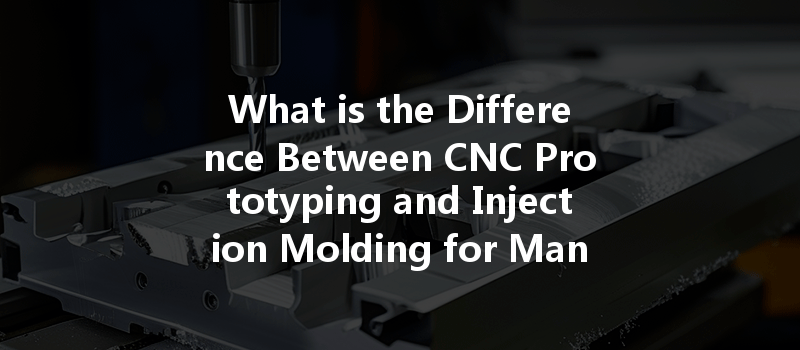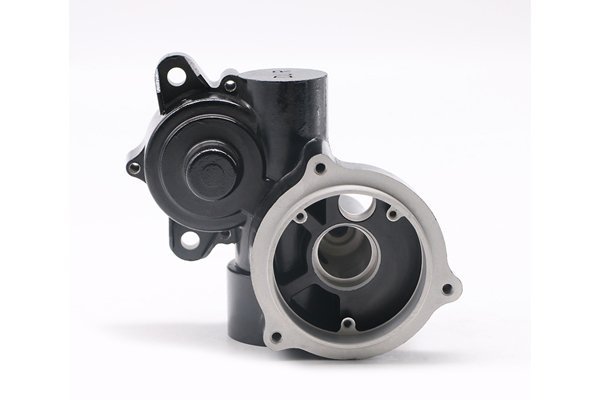Opening:
Did you know that approximately 70% of new product launches fail due to poor design or quality issues? It’s a staggering statistic that showcases the essential role of effective prototyping and manufacturing methods in product development. Among the various techniques available today, CNC prototyping and injection molding are two of the most frequently discussed manufacturing methods. But how do they differ, and what implications do these differences have for engineers, designers, and businesses aiming for a successful product launch? In this blog, we will explore these critical methodologies in detail.
Understanding CNC Prototyping
What is CNC Prototyping?
CNC (Computer Numerical Control) prototyping is a subtractive manufacturing process that uses computer-controlled tools to create parts or prototypes from various materials, including wood, metal, and plastic. With CNC machines, a digital design mimics the final product, allowing engineers and designers to produce precise replicas of parts on a small scale.
Benefits of CNC Prototyping
Applications of CNC Prototyping
CNC prototyping is widely used in various industries. It is particularly popular in:
Understanding Injection Molding
What is Injection Molding?
Injection molding is a manufacturing process that involves injecting molten material, usually plastic, into a mold. Once the material cools and solidifies, it takes the shape of the mold. This method is suitable for mass production and can generate thousands of identical parts quickly.
Benefits of Injection Molding
Applications of Injection Molding

It is widely used in various sectors, including:
Key Differences Between CNC Prototyping and Injection Molding
CNC prototyping is a subtractive method; it starts with a solid block of material and removes material to create the desired shape. Injection molding, on the other hand, is additive; it starts with a mold and adds material to create the part.
CNC is more suited for low-volume or single-component production, while injection molding is optimal for mass production and generating large quantities rapidly and cost-effectively.
CNC prototyping usually has shorter lead times, particularly for one-off or small batch production. Conversely, injection molding requires creating a mold, which can take significant time and costs upfront, albeit resulting in a faster production rate once established.
CNC can work with various materials, allowing for rapid adjustments and testing. Injection molding primarily uses plastic materials, which can restrict the versatility of material choices for some applications.
CNC can have higher unit costs due to the nature of subtractive manufacturing, while injection molding benefits from lower per-unit costs in large production runs, which offsets the initial mold creation expense.
CNC machining often provides tighter tolerances and better surface finishes than injection molding. For parts requiring high precision, CNC is typically the preferred choice.
Understanding the differences between CNC prototyping and injection molding is crucial for manufacturers, engineers, and designers keen on launching successful products. CNC prototyping offers speed and flexibility, making it an excellent choice for low-volume production and rapid testing of new designs. In contrast, injection molding excels in high-volume output and cost efficiency, suitable for mass production of identical parts.
Each method has unique advantages and challenges; the choice ultimately hinges on specific project requirements such as production volume, budget constraints, desired material properties, and functionality. By making informed decisions between CNC prototyping and injection molding, businesses can significantly enhance their product development processes.
As we venture into an era of rapid technological advancement and innovation, it’s vital for industry professionals to stay informed on the best manufacturing practices. This knowledge will ultimately contribute to reducing product failures and improving overall quality in manufacturing. Whether you’re launching your first product or aiming to refine an existing one, the insights offered by this blog are indeed worth your consideration.






